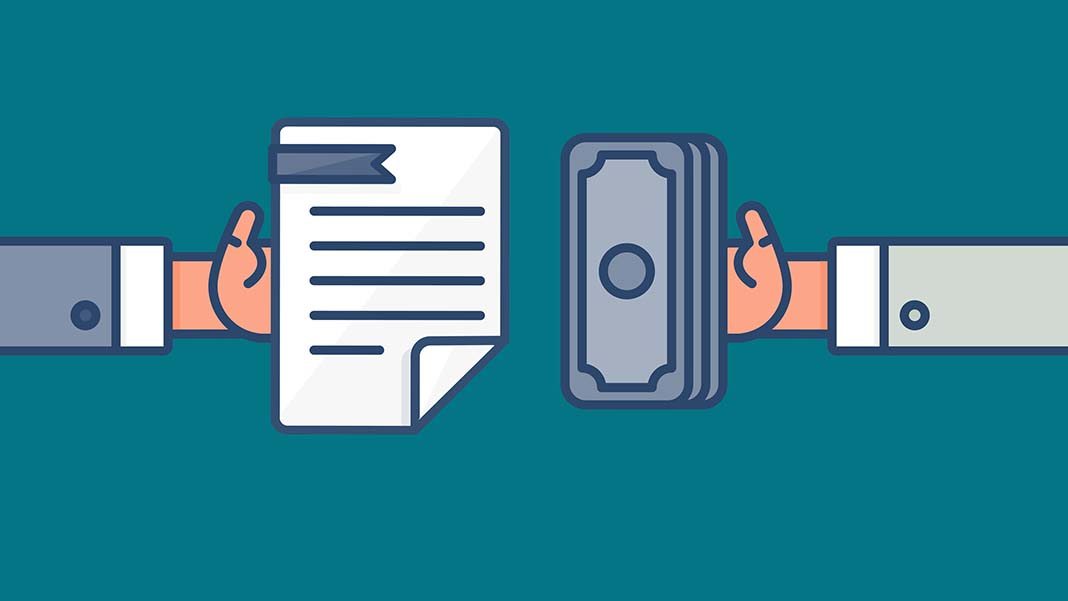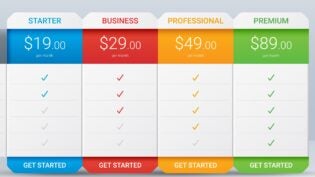
I’m tempted to paraphrase the old Carly Simon song, You’re So Vain. Too often we think our customers’ buying cycles are about us, at least a choice between us and our competitors. The buying process is so much more complex.
We may be very customer focused in our sales process, trying to understand and align ourselves with the customer buying process. But still, our strategies tend to focus on a singular part of the customer buying cycle, “What does it take to select us?”
As a consequence, everything we do, probably everything our competitors do is singularly focused on that one decision.
But looking at it from a customer’s view, it’s probably very different.
First, our customers aren’t involved in buying just to buy. Buying is one component of their overall problem solving process. Usually our customers are trying to solve a problem within their operations, or to address an opportunity. Selecting a “solution,” is just part of their process. They have to look at things like business process re-engineering, implementation, training, change management process, and many other things that impact their ability to solve the problem. Yet our focus is, inevitably, on just our part of the problem they are trying to solve.
Second, we may not be the only purchasing decision they are making, or even the most important of those purchasing decisions. Think of an Apple engineer (or substitute your favorite brand of smartphone) designing a new iPhone. They are involved in complex design process, involving potentially hundreds of components. That engineering team is making buying decisions for all those components. Sometimes those buying decisions involve tradeoffs between different components. So while we may be focused on our semiconductor, the engineering team is trading off the spend on semiconductors with other components. We seldom pay attention to this complex set of buying activities, focusing only on the decision for our product.
Recently, I worked with a team selling an electronic component that was part of a new smartphone. Had the team focused on just that part of the project and their direct competition, they would have surely lost—their best pricing was about 50% more than the competition—partly because their product had much more capability than the competitors. Instead they looked at the collective set of parts the customer had to consider for this smartphone. They realized their product eliminated the need for two other components in the design. Taken collectively, the cost of their solution was cheaper than the cost of their competition and the cheapest alternatives for the two other products. Additionally, the simpler design improved maneuverability and reliability. As a result, they presented the customer with a far superior and far less costly solution than if they had just competed head to head with the competition.
Even in other sales situations, the customer is seldom just making one buying decision. Take a complex IT systems, there may be the software (premise or cloud), there may be an implementation provider, a business process engineering provider, vendors to host the application (in the case of private cloud), ancillary software products to extend the capabilities of the software system (we may, in fact, be one of those ancillary products). Recently, for example, I worked with a systems integration company that “won” the implementation contract for a new software system–but only if that software system was selected by the customer. Instead, the customer selected another software system, one which my client couldn’t support. So while they “won” the decision, the PO was placed with another supplier they had not competed against.
We disadvantage ourselves, both in our sales strategy and in maximizing our ability to create and deliver value when we focus on the customer decision about our products/services. The work of the customer is always more than just this decision. They struggle not only in that decision, but also in the broader set of decisions they are making to achieve their goals.
As much as we would like the decision to be about us, it seldom is.
Are you looking at what the customer is trying to achieve, beyond selecting a product? Are you helping them with their whole process, maximizing the value you create?












